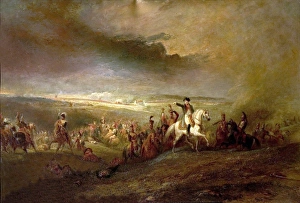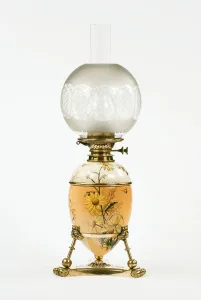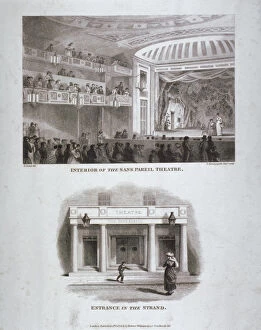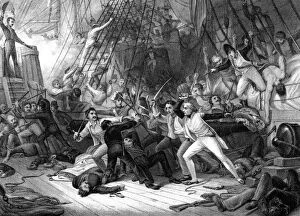George Jones Collection
George Jones was a prominent figure in the 19th century, known for his diverse talents and contributions to art and history
All Professionally Made to Order for Quick Shipping
George Jones was a prominent figure in the 19th century, known for his diverse talents and contributions to art and history. From his early works depicting significant events like Napoleon Leaving the Field of Waterloo, 18th June 1815, to his later creations such as The Conflict at the Guns, Balaclava, 1854, Jones showcased his mastery of capturing pivotal moments in time. Not limited to painting alone, it also dabbled in other artistic mediums. His Oil lamp from 1885 stands as a testament to his craftsmanship with brass, glazed earthenware & glass. This exquisite piece exemplifies both elegance and functionality. Jones's impact extended beyond creating art; he was also recognized by esteemed institutions. The Etruscan Tazza presented by the Students of the Royal Academy is evidence of their admiration for him as an artist and individual. Engravings like The effigies further emphasize how God had bestowed upon him the gift of England. In addition to immortalizing historical events through artistry, George Jones captured portraits that revealed glimpses into people's lives during that era. A photograph taken by John & Charles Watkins showcases Jones himself in the 1860s—a window into both his appearance and personality. Jones's talent wasn't confined solely within British borders; he ventured overseas too. In The Relief of Lucknow - Leading the Sufferers to the British Camp (1901), we witness his ability to convey emotions through brushstrokes while documenting this poignant moment in history. Similarly, Cawnpore - The Passage of Ganges with Refugees from Lucknow. . November 1857 (1901) demonstrates not only his skill but also highlights human resilience amidst adversity. Beyond historical scenes and war depictions lie more facets of George Jones's work—his portrayal of theatrical venues like Sans Pareil Theatre on Strand or Pantheon Theatre on Oxford Street offers a glimpse into the vibrant entertainment culture of 19th-century London.
























